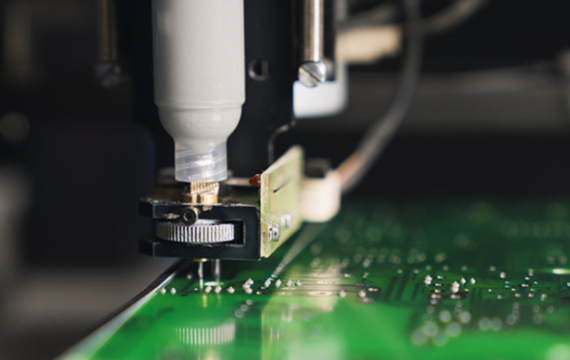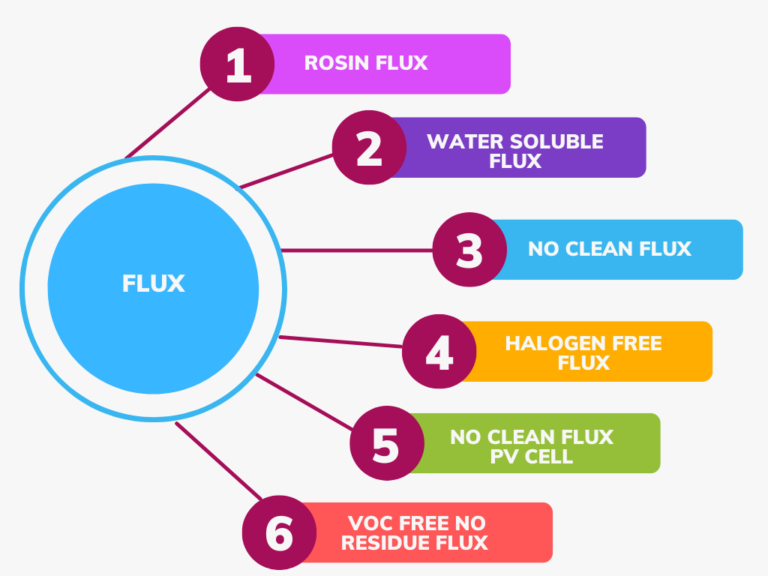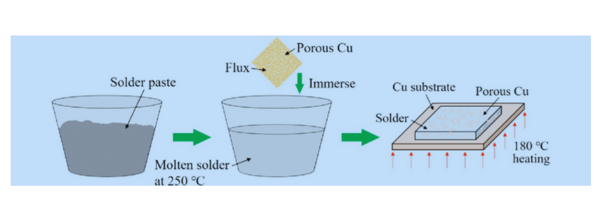What is Flux? - National Products
- Home
- What is Flux?
CONTENTS
1. What is flux?
2. Understanding flux.
3. How many types of flux are there?
4. The Magic of Flux.
5. Importance in Electronic Manufacturing.
What is flux?
Flux a term often heard in the realm of soldering, yet its significance remains underrated. Behind every successful solder joint lies the invisible hand of flux, playing a pivotal role in ensuring a strong, reliable connection. In this blog, we delve deeper into the world of flux, uncovering its importance, functions, types, and the magic it brings to soldering processes.

Understanding flux
At its core, flux is a chemical compound designed to facilitate the soldering process. It serves multiple crucial functions, primarily aimed at ensuring clean, reliable solder joints. Firstly, flux works to remove oxides and contaminants from metal surfaces, promoting better wetting and adhesion of solder. Secondly, it helps prevent oxidation of the molten solder, ensuring a clean and shiny finish. Finally, flux aids in heat transfer, enabling solder to flow smoothly and evenly across joint surfaces.
How many types of flux are there?

The magic of flux
The true magic of flux lies in its ability to transform soldering processes from mundane tasks into precise, efficient operations. By effectively removing surface contaminants and promoting solder flow, flux ensures strong, durable solder joints essential for reliable electronic connections. Its role in preventing oxidation and enhancing wetting guarantees high-quality finishes, vital for both aesthetics and functionality.

Importance in electronic manufacturing
In the fast-paced world of electronic manufacturing, flux plays a critical role in ensuring product quality and reliability. From circuit board assembly to component soldering, flux facilitates the creation of flawless connections essential for device performance. Moreover, the use of flux eliminates the risk of solder defects such as cold joints and solder bridges, reducing rework and enhancing production efficiency.

